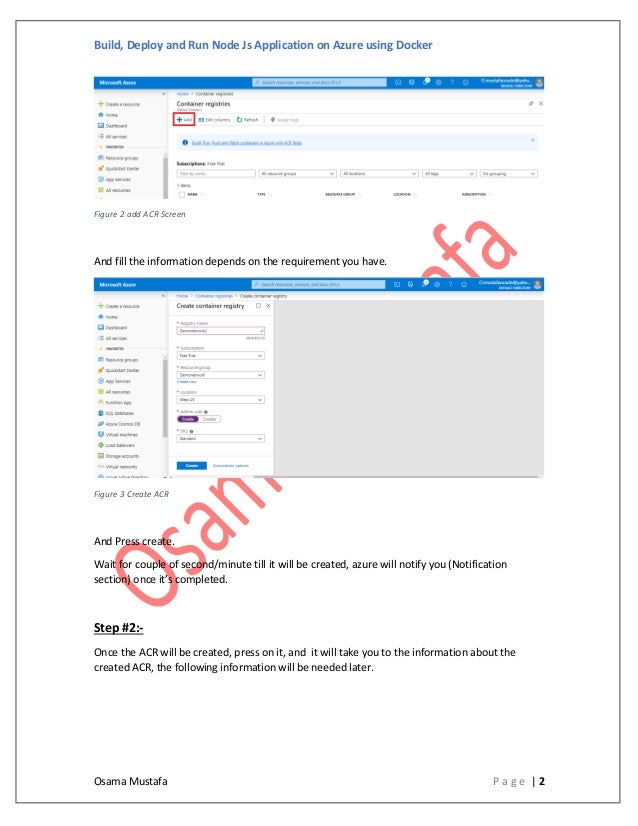

Be sure to replace the author information with your own name and contact details: Open the file with nano or your favorite editor:Īdd the following information about the project, including its name, author, license, entrypoint, and dependencies. Next, create a package.json file with your project’s dependencies and other identifying information. This will be the root directory of the project. The directory in this example named node_project, but you should feel free to replace this with something else: These files will include your application’s static content, code, and dependencies.Ĭreate a directory for your project in your non-root user’s home directory. To create your image, you will first need to make your application files, which you can then copy to your container. Step 1 - Installing Your Application Dependencies

Runjs docker how to#
For an overview of how to set this up, refer to this introduction on getting started with Docker Hub. Node.js and npm installed, following these instructions on installing with the PPA managed by NodeSource.
Runjs docker install#
Docker installed on your server, following Steps 1 and 2 of How To Install and Use Docker on Ubuntu 18.04.One Ubuntu 18.04 server, set up following this Initial Server Setup guide.Finally, you will pull the stored image from your Docker Hub repository and build another container, demonstrating how you can recreate and scale your application. You will then build a container using that image and push it to Docker Hub for future use. In this tutorial, you will create an application image for a static website that uses the Express and Bootstrap frameworks. Using an image ensures that the environment in your container is standardized and contains only what is necessary to build and run your application. The image includes your application code, libraries, configuration files, environment variables, and runtime. When building and scaling an application with Docker, the starting point is typically creating an image for your application, which you can then run in a container. Though containers are not new, they offer a number of benefits - including process isolation and environment standardization - that are growing in importance as more developers use distributed application architectures. A container is an isolated process that runs on a shared operating system, offering a lighter weight alternative to virtual machines. The Docker platform allows developers to package and run applications as containers.


 0 kommentar(er)
0 kommentar(er)
